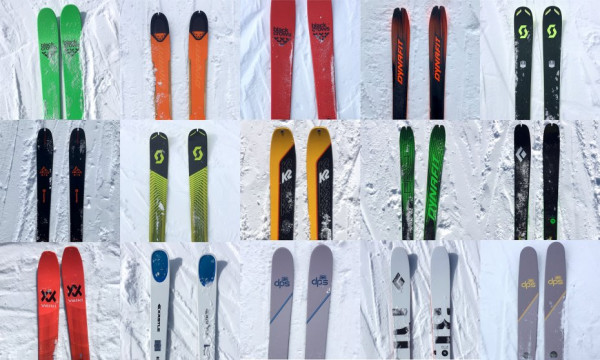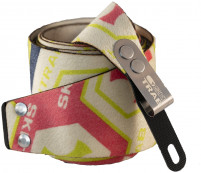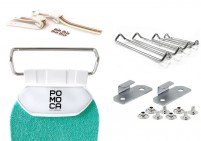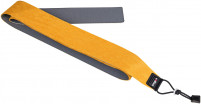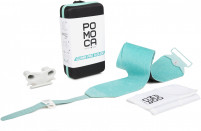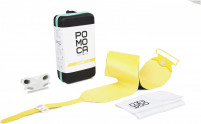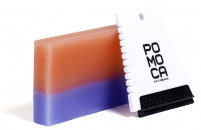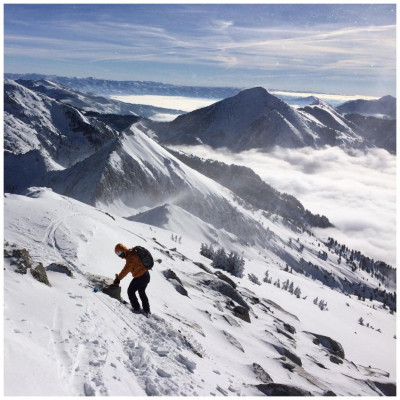10/5/2020 Get A Grip: A Guide To Buying Skins
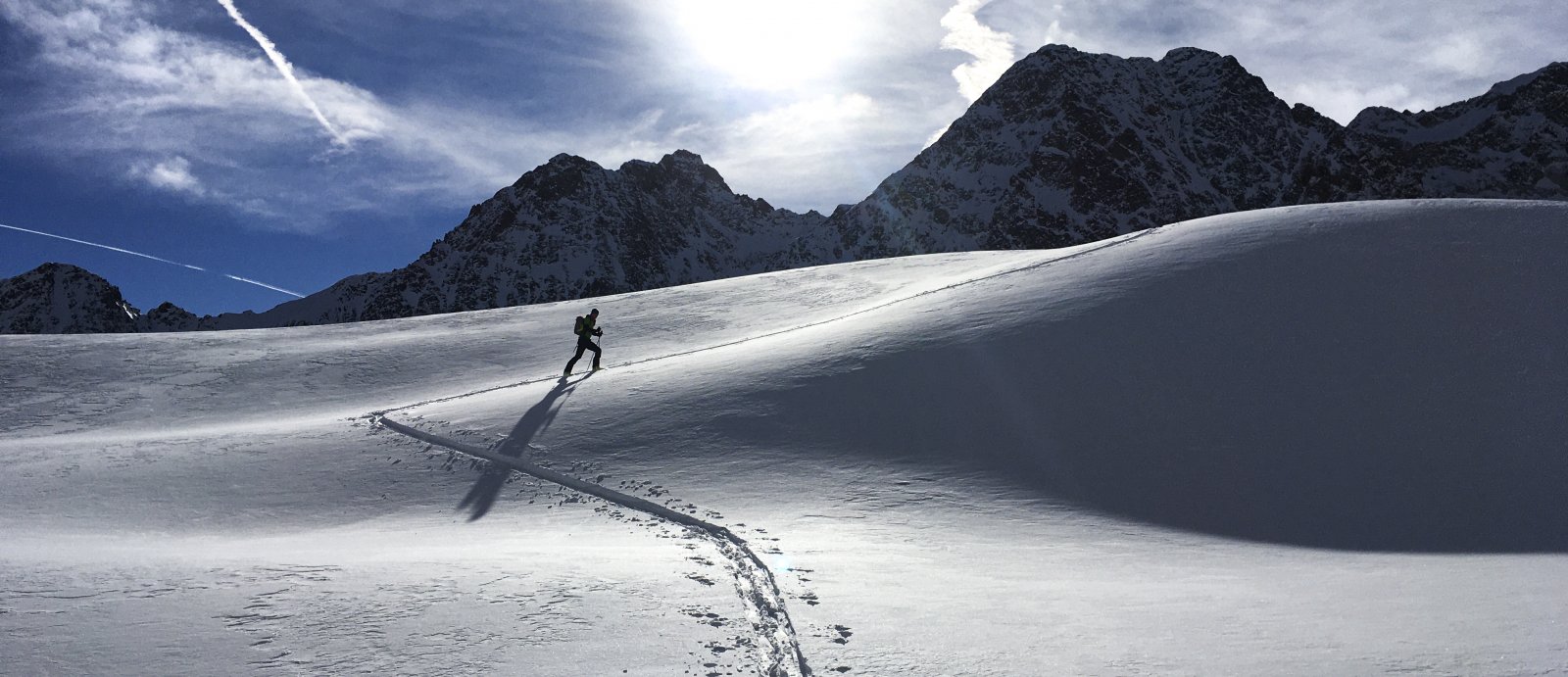
Skins are a crucial part of your kit - after all, they get you to the top! Without skins, skiers would be relegated to post holing in deep snow, or, worse, snowshoeing! Originally made out of seal fur (hence the name), skins have come a long way but still provide the same essential function - one-way forward progress uphill while providing enough grip to fend off gravity’s pull. No matter your skill level, it’s important to consider which ones will best match your backcountry goals.
Step one is to decide the type of plush. The actual heavy-duty worker when it comes to the skins, the plush is the grip-and-glide material along the bottom of the skin. There are three types of plush you’ll find on the market, mohair, nylon, and a mix of the two. The main difference between these materials is whether you want maximum gliding or climbing capabilities, or a compromise somewhere in the middle.
Mohair is a great option for those who are looking for skins with superior gliding capabilities. As a naturally light material made from goat hair, mohair skins are highly packable and provide little resistance when moving over snow. This is especially beneficial for lines with long approaches, like in the Tetons. Generally speaking, smoother glide means less uphill grip which may make some skiers feel less secure on challenging skin tracks.
On the other side of the spectrum are high-grip nylon skins. Durable and water repellant, these burly skins are known for their grit and reliability when climbing. Unfortunately this also means that they are heavier, less packable, and don’t glide as easily. As a result, they are rarely the best option for backcountry skiers who prioritize fast, light, and efficient...which should be everyone!
For those having a hard time deciding between the two, there is thankfully option C. By combining mohair with nylon construction, mix skins aim to find a compromise between the extremes of glide, traction, durability, weight, and packability. For most skiers in most conditions, mix skins are a great choice.
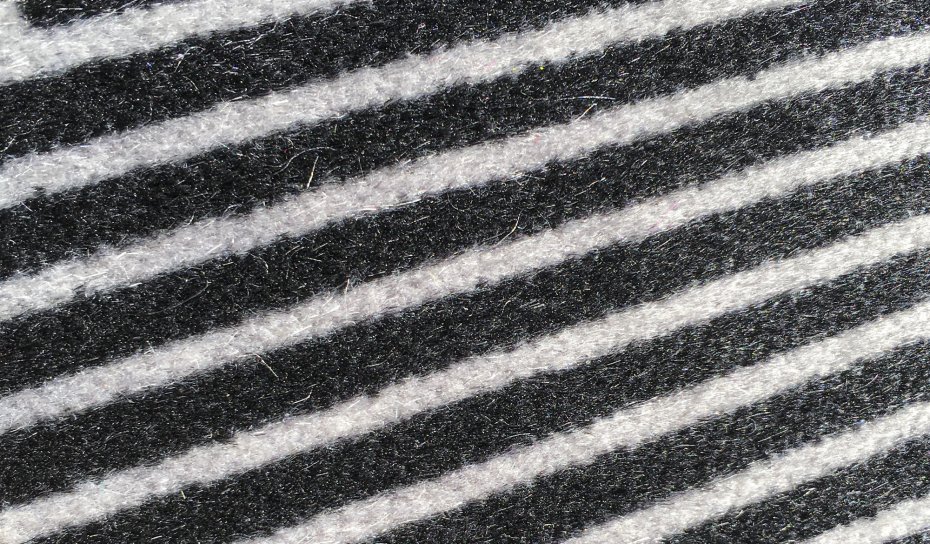
Once you have decided on a plush, it’s time to fit them to your particular skis.
The easiest option is to find pre-cut skins for your skis. Remove the guesswork and actual work with climbing skins already cut for the length and shape of your sticks. Since they don’t require trimming and come with attachments already installed, you can slap them on and get going right away.
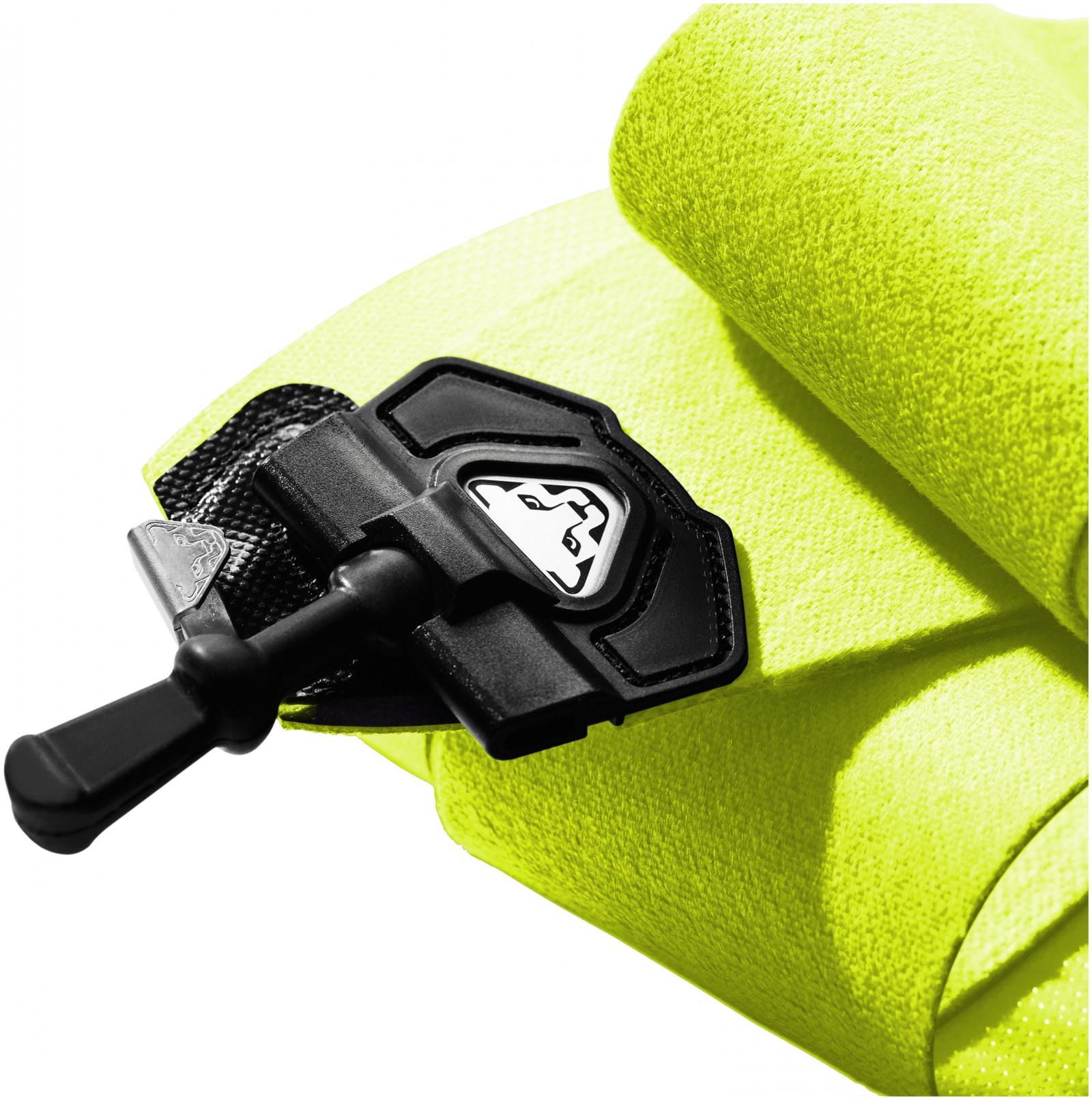
If the ideal plush is not available for your specific skins, the next option is Trim-to-Fit Skins. These are more or less the bread and butter of skin shopping. While most of these skins will cover a specific width, (and then you only need to select a range for length), these skins will often run past your ski’s edges. Don’t be alarmed, that’s on purpose! These are designed for the customer to tailor the skin to the ski. Therefore, they will often come with their own trimming tool. You’ll want to cut the skin fairly close to the edge of your ski, but leave the actual metal edges exposed. We recommend to really take your time trimming rather than make one quick go at it and accidentally create a jagged edge. It can initially be intimidating to cut your own skins but gets easier with practice. If you prefer, we’re happy to do it for you as we offer skin cutting as service. Once your skins are properly trimmed, you’re ready to earn your turns!
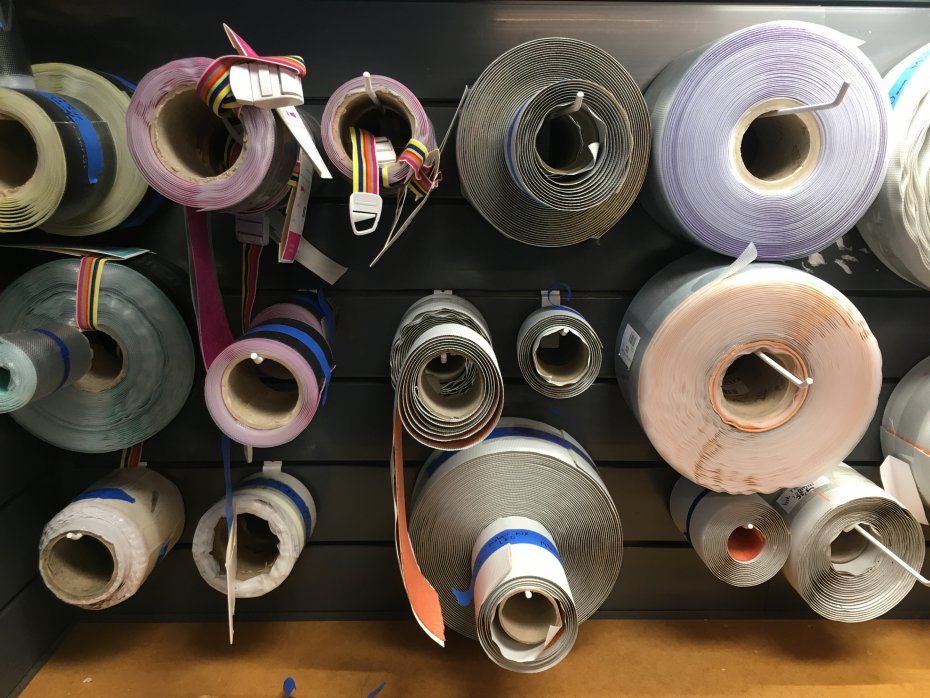
For the total custom experience, you can build your own skins to exact specifications. This means you pick the material off the roll and choose the best tip and tail attachments. The parts are then assembled and cut to the perfect size. With a wide selection to choose from, we offer full skin builds for our customers. We can even notch your ski tips to make them compatible with different attachments!
Finally, there are race skins. As you might guess, these skins are designed to toe the line between weight and efficiency. They are cut straight to have the same width the entire length of the skin, which reduces the amount of skin surface on snow. Anyone coming from a background with larger skis might think this is problematic, but less material means lighter skis and less friction. With good technique, race skins are a great choice for technical and experienced skiers. No need to worry about trimming these guys, since they’re ready to go straight from the box.
As for glues, companies are constantly working to improve their secret sauce formula for best performance. Feel free to get in touch with our team to talk about the latest glue technologies, we’ve tested them all! No matter the skins you end up with, it’s important to keep the glue side snow free as much as possible and dry them out after each day of skiing.
Enjoy and remember, as far as skintracks go, steeper isn’t always better!
Comments
